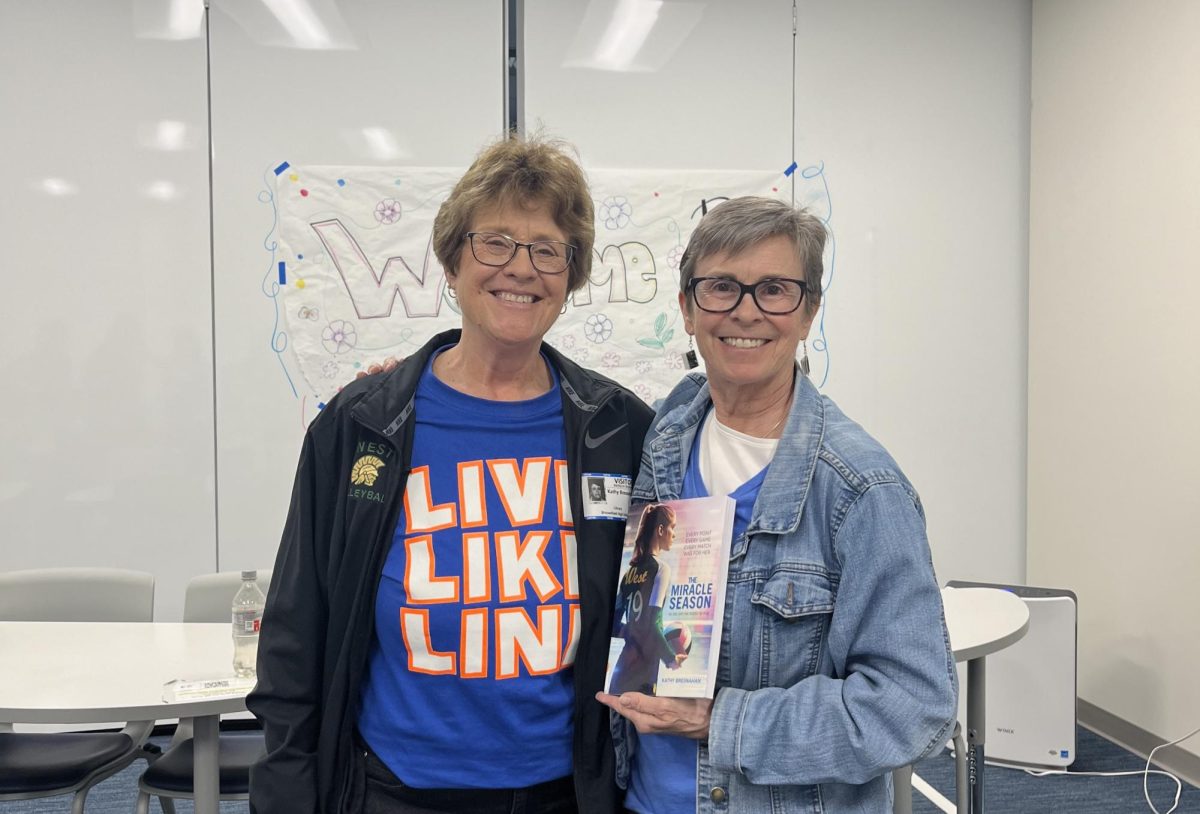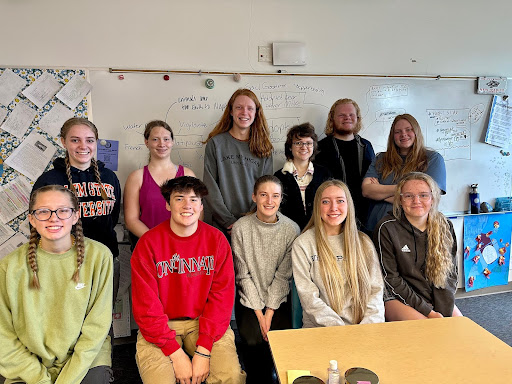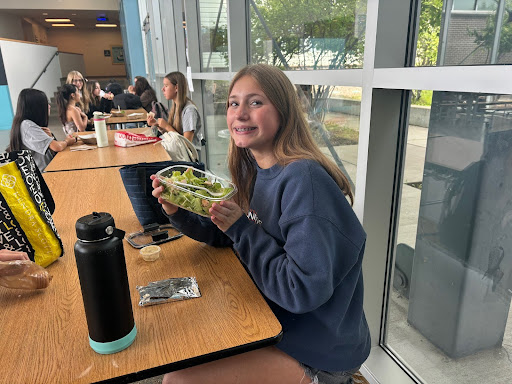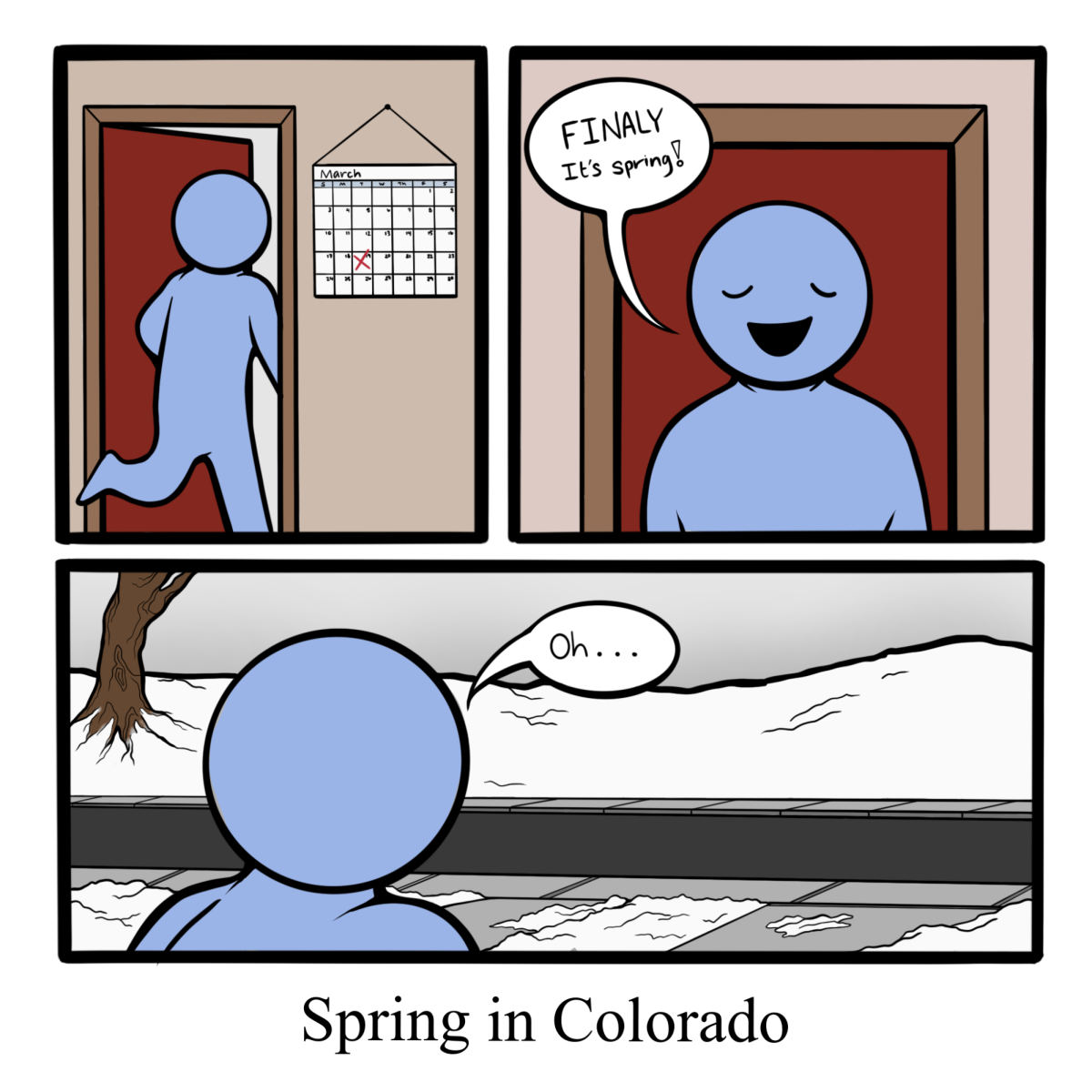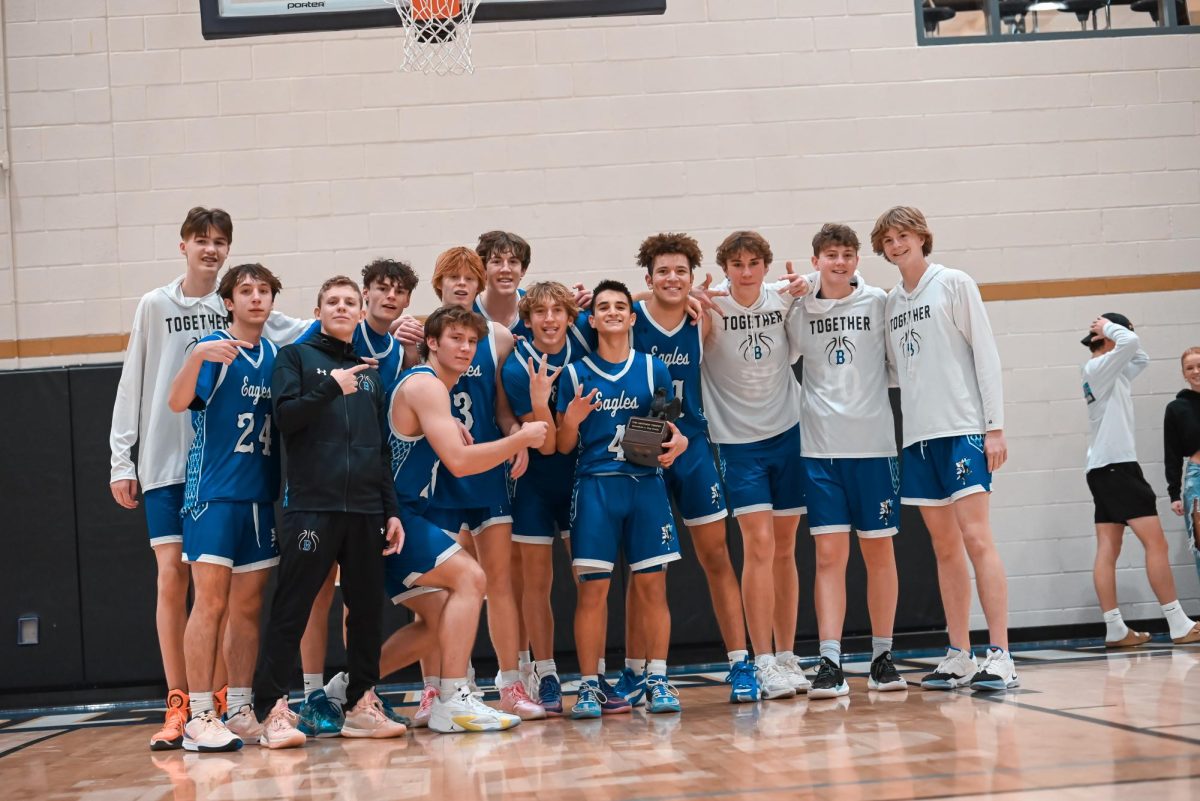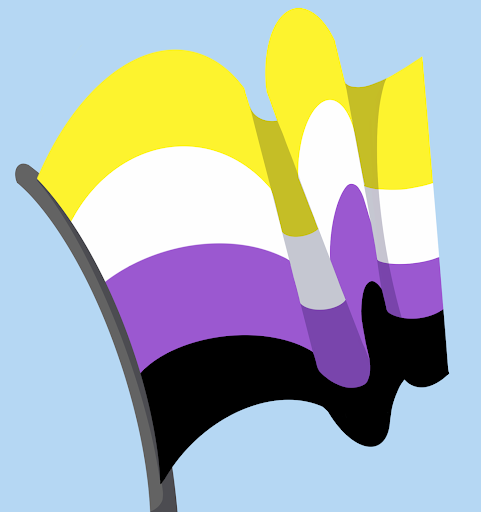
In the 21st century, the word “transgender” has become a topic of rapid discussion and vicious political debate. But for many, the word is an opportunity for people to feel more comfortable in a “black and white” biological-sex-oriented world.
Transgender is typically associated with trans men and trans women: people who understand and express their gender identity opposite to the sex they were born with.
However, as the difference between a person’s biological sex and gender identity becomes wider, it is important to understand that the transgender umbrella encompasses more than two genders. The trans community accepts and validates a plethora of overlooked and misunderstood identities.
Gender “binary” (bi meaning two parts) refers to the concept of recognizing only two genders: male and female.
This alone leaves a blank space for those who fall outside the binary norm.
That’s where the non-binary spectrum comes in.
According to a study from the National Library of Medicine, nonbinary is an “umbrella term that includes those whose identity falls outside of or between male and female identities.”
Many who hear the term “nonbinary” may think of someone who uses they/them pronouns, which is a valid expression of being nonbinary, but not the full picture.
“For me, being nonbinary means residing outside of the typical gender range of male and female. I’m neither a man nor a woman, I’m nonbinary,” explains BHS student Levi Hurtt ‘25 (they/them).
Unfortunately, this form of nonbinary identity is very often seen in a critical light. Many cisgender people and even those in the queer community, have associated the use of they/them pronouns with being confused or mentally unwell (which is entirely untrue).
“Some people think that being nonbinary is a mental illness and the suicide statistics behind our suicide rates are often used against us,” said student, Carter Reid ‘24 (they/he), “but the reason we are at risk is that we get very little understanding or support as a subsection in the trans community. Many people don’t understand us and aren’t willing to try.”
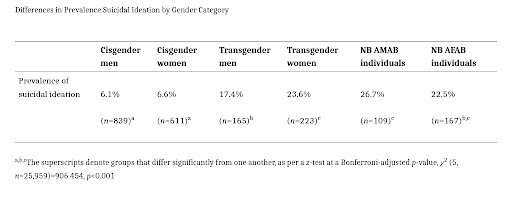
Nonbinary people or the existence of more than two genders is nothing new, “from the hijras in India and the bissu of Indonesia to the two-spirit people of North America and the cross-cultural genderqueer movement today” said at a Portland State University Young Historians Conference.
Although the use of this gender identity is the most common and understood expression of being nonbinary, the term “nonbinary” is not meant to be a structured third gender either. Nonbinary is meant to encompass more than one gender or one way to express an individual’s identity.
“There are way too many misconceptions about nonbinary people, but the biggest one is from well-meaning cis people who think that nonbinary is a third gender and that everyone who is nonbinary uses they/them pronouns,” states Finnian Britton ‘24 (he/she), “nonbinary is a spectrum as well as an identity on its own. Someone who uses they/them pronouns would simply identify as nonbinary, but someone like me, who is bigender, is also nonbinary.”
As said before, the use of they/them terminology is common, but not everyone in the community uses them/them pronouns exclusively and more often than not combine androgynous pronouns with feminine or masculine ones. As seen in trans-masc/femme genders, demigenders, and multi-gender identities.
But what are these identities?
Transmasculine or transfeminine identities are genders and umbrella terms that encompass individuals who identify with femininity or masculinity but may not identify with being female or male. Oftentimes, transmasc and transfem identifying people will use they/he or they/she pronouns while others may choose to exclusively use androgynous terminology.
“I am primarily nonbinary. Technically that would be considered a demiboy but for me, that doesn’t entirely fit. I prefer they/them first because that’s how I see myself; nonbinary but masculine,” said Reid who identifies with a transmasculine identity.
Demigenders are another good example of an “umbrella term for nonbinary gender identities that have a partial connection to a certain gender.” An example is with the demiboy and demigirl genders: Individuals who identify with being female or male but only partly. Many demigender-identifying people use pronouns like she/they or he/they; however, that’s not an exclusive part of identifying with them.
Both trans-masc/femme and demigenders are similar to one another and are often looped together. But they can be quite different. It all depends on how the person views their own gender and what makes them most comfortable.
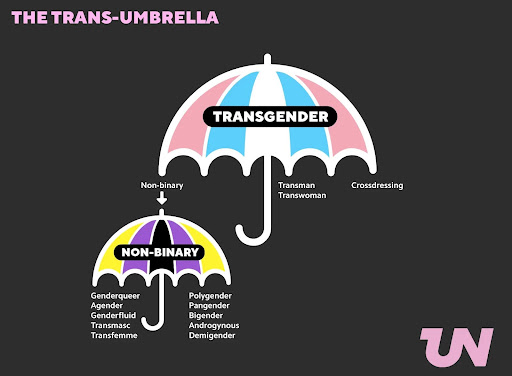
Multigender is both a gender and an umbrella term that refers to a person who identifies as having “multiple gender identities, either at the same time or moving between different gender identities at different times.”
For example, bigender is an identity with people who are two different but specific genders, either at the same time or different times (such as man and woman), and genderfluid individuals (people who have different gender identities that fluctuate depending on the time) could identify with a masculine or feminine identity one week or the absence of gender the next.
Finnian Britton (he/she) who identifies with being bigender said, “In simpler terms, I feel as though I am both a man and a woman while simultaneously being neither. I cannot be a man without also being a woman, it would be inaccurate to call me just one of these terms.”
Although these identities explain a great deal about the depth of the nonbinary spectrum, they are certainly not all that the nonbinary umbrella offers. There are many more colorful ways of finding and expressing a person’s gender and it’s always important to respect them, ask a person what their pronouns are, and educate oneself on an identity they may not know about.
For many who aren’t familiar with the community, being introduced to the nonbinary spectrum can be hard to grasp at first but in the end, it’s important to understand that nonbinary people are human too.
They are not mentally ill nor should they be treated as other because of their identity. They are people with hopes, aspirations, and dreams just like any person in this world.

Their gender identity is how they see themselves but it doesn’t define them as people just like being a cis man or woman doesn’t define who a person is and what they accomplish in life.
“Of course, I dress very unconventionally as a form of my gender expression, but that’s not necessarily a core aspect of who I am as a person. Being nonbinary doesn’t define me; it’s not my personality and it doesn’t dictate my interests or day-to-day life,” explains Finnian Britton (he/she).
People who haven’t experienced the journey of understanding one’s gender can be quick to judge and misinterpret others’ experiences based on their own. They may try to brush off the nonbinary spectrum because they aren’t comfortable with accepting a human experience they haven’t had to deal with.
However, the experiences of cis individuals shouldn’t discount the experiences of 1.3 million adults and 300,000 people ages 13 and older who identify as nonbinary.
“Understanding my gender felt like the sun had finally come out,” explains Finnian Britton (he/she). “I had spent years crying myself to sleep because I didn’t know what I was or how to process my feelings. I was uncomfortable and upset with myself. When I figured it out, all of that lifted. I was happy, I wasn’t overwhelmed anymore, and I felt like it had all finally come together.”
Being nonbinary is being human just as being a man or a woman is being human.
For those exploring their gender identity, it’s okay to be confused and feel stuck. It’s part of the journey and how you feel will always be valid.
Take it from Levi Hurtt (they/them): “Don’t worry about immediately figuring it out! It can take a long time and that’s okay! Try pronouns out, find community, and remember that your expression of gender does not always equal your gender.”





